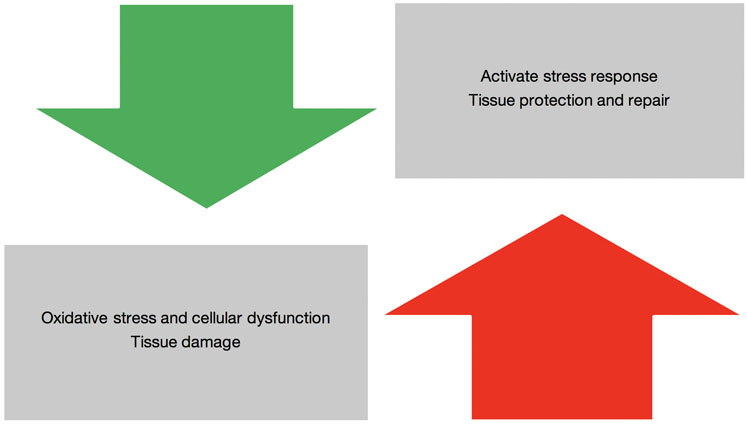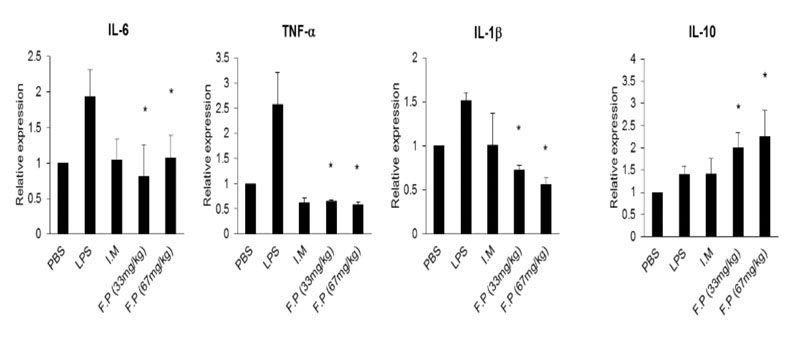The cartilage that cushions every step we take wears down with age, making movement or exercise painful. Joint pain is one of the top reasons that people seek non-prescription ways to alleviate this discomfort around the world, leading to an economic impact of more than US$9 billion being spent on joint health supplements globally in 2017.
But does anything work? Are there “active ageing agents” that will assist our body from degrading joints and cushion our cartilage … and that can manage the inflammation that makes this painful?
The latest science from Valensa International adds to the mounting scientific support for a few key natural ingredients that feed the body’s ability to support an active, healthy lifestyle.
The research suggests that astaxanthin (branded as Zanthin Natural Astaxanthin), a powerful natural antioxidant and anti-inflammatory compound, together with a specific molecular weight hyaluronic acid (branded as Flexonic), deliver relief from joint pain and inflammation and improve mobility in a clinically meaningful way.
The emerging science on astaxanthin certainly demonstrates the power of this molecule and its remarkable ability to support numerous functions in the body. Many aspects of healthy ageing can be positively impacted, such as
- cardiovascular and heart health: the ability to improve oxidative stress and support healthy lipid metabolism and blood lipid profiles
- vision health: support for eye health and the ability to address tired-eye syndrome
- cognitive health: plays a role in brain function and has a neuroprotective effect at the cellular level
- cartilage and bone health: decreases damage to joints owing to inflammation, reduces pain and supports better bone mass for longevity.
Important independent research published in the summer of 2019 focuses on the role that astaxanthin plays in supporting bone health and maintaining bone mass. The Biomedicine & Pharmacotherapy study demonstrates that natural astaxanthin “ameliorates bone loss in experimentally induced osteoporosis.”1
Although the research was done in rats, the data show that astaxanthin was able to reduce inflammation and support stronger bones in this model system, “probably through the down-regulation of serum OPG (osteoprotegerin) in concurrence with the up-regulation of serum RANKL (receptor activator of nuclear factor-κβ ligand).”
Having a natural compound, such as Zanthin, that could not only address joint pain and inflammation, but also help to maintain bone mass, would be tremendously important for a healthy active lifestyle.
How powerful is astaxanthin?
It’s easy to underestimate the power of astaxanthin. This molecule displays tremendous antioxidant activity and has an anti-inflammatory effect on cells and cellular metabolism that’s superior to that of other natural compounds.2 In fact, astaxanthin has 6000 times the power of vitamin C to trap reactive oxygen species.

By quenching reactive oxygen species (ROS), astaxanthin can reduce oxidative stress and prevent cellular damage. This means that astaxanthin can keep physiological processes in balance during bursts of energy or when our bodies are suffering from heat stress, playing an important role in cellular function, tissue protection and repair.
How does astaxanthin accomplish this? This important molecule has the unique ability to span the cellular membrane. It is this ability to work both intracellularly and extracellularly that allows astaxanthin to trap and quench ROS within the cell, as well as along the exterior cell membrane surface.
By trapping and quenching ROS, astaxanthin neutralises the negative effects of these reactive oxygen molecules without becoming a pro-oxidant in the process. Astaxanthin is key for maintaining oxidative balance, managing oxidative damage and supporting tissue repair.
Managing inflammation
A recent white paper explains that astaxanthin’s healthy living benefit has a proven foundation in joint health through its ability to reduce oxidative stress.3 In a dose response study, a 2 and 8 mg doses of Zanthin Natural Astaxanthin were evaluated in a model of inflammatory response.4
Both doses reduced the inflammatory status of the participants in just four weeks, showing sustained benefits during the eight-week study; both doses were also equally effective in preventing oxidative cellular DNA damage. The study found that Zanthin had the ability to chronically manage inflammation and provide a sustained benefit outcome at the cellular level.
Managing pain
Building on the ability to manage inflammation is the benefit to moderate pain. Although remaining active may not be a challenge as we age, remaining active and pain free can be.
Foundational work in a mouse model of joint function demonstrated that a proprietary joint health formulation containing Zanthin astaxanthin coupled with Flexonic lower molecular weight hyaluronic acid significantly down-regulated pro-inflammatory cytokines IL-6, TNF-α and IL-1β in a dose-dependent manner by interfering with the release of NF-κB, a key compound that drives our sensation of pain.5

This joint health formulation, patented as FlexPro MD, also increased mRNA levels of the anti-inflammatory cytokine IL-10. This may sound complicated, but what it means is that a joint health formulation with Zanthin and Flexonic can play a pivotal role in down-regulating the cellular pathways and up-regulating the cellular response to manage pain and inflammation; in other words, FlexPro MD can help the body stay pain and inflammation free while remaining active and on the go.
Cushioning the joints
A more recent and soon-to-be-published animal study further expands the scientific benefit proposition for this proprietary joint health supplement containing Zanthin Natural Astaxanthin and Flexonic lower molecular weight hyaluronic acid.
The recent study with FlexPro MD focused on the effect on bone and cartilage, and built on the scientific data on inflammation, pain and mobility. The findings show a role for the proprietary joint health formulation in protecting cartilage in an osteoarthritis-induced model system.
The researchers highlighted that, in the animal study, benefits were seen as quickly as three days in the 21-day study. The animals given the formulation had a reduction in osteoarthritis and less cartilage loss. The findings that FlexPro MD protects cartilage from destruction is an exciting advancement for joint health and mobility, and an added benefit proposition for those seeking a product to support joint health.
Joint health solution for healthy ageing
Valensa’s patented FlexPro MD formula combines Zanthin Natural Astaxanthin with a proprietary lower molecular weight hyaluronic acid, Flexonic. Hyaluronic acid is present in synovial fluid, cartilage and connective tissue, all of which are present in synovial joints.Flexonic’s lower molecular weight hyaluronic acid nourishes the synovial fluid within the joints. This complements the anti-inflammatory and antioxidant role of Zanthin Natural Astaxanthin, providing a joint health formulation solution that comprehensively supports mobility and bones while managing inflammatory and pain responses.
References
- https://doi.org/10.1016/j.biopha.2019.109017.
- www.hindawi.com/journals/omcl/2016/6859523.
- www.naturalproductsinsider.com/ingredients/zanthin-natural-astaxanthin-white-paper.
- www.ncbi.nlm.nih.gov/pubmed/20205737.
- www.ncbi.nlm.nih.gov/pubmed/27982753.




